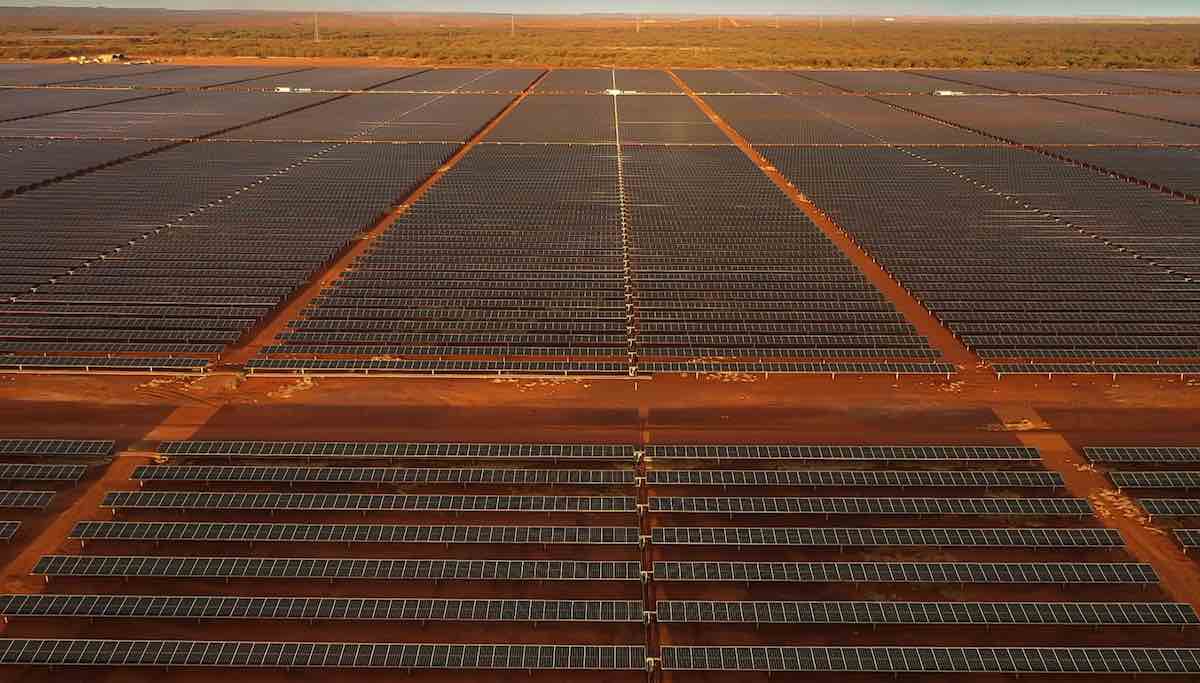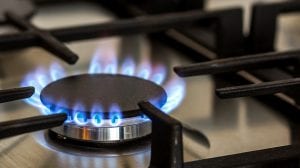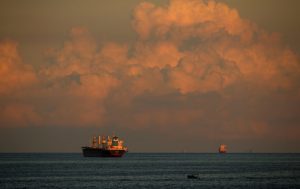Andrew Forrest’s first major green hydrogen production project in Australia – at the Gibson island ammonia plant in Queensland – is facing crunch time in coming weeks over whether it can go ahead or not.
The Gibson Island project – which envisages a 550 MW green hydrogen electrolyser – locked in a supply deal with Genex Power last October for its proposed Bulli Creek solar and battery project.
That agreement was to take 337 MW of capacity from that solar farm to help feed the electrolysers, but Genex revealed in late December that Fortescue had asked for the sign off on the agreement to be extended to the end of February because it had not been able to reach financial close.
Fortescue’s dilemma centres largely around the cost of electricity, which – largely because it remains the most coal dependent grid in the country – remains higher in Queensland than any other state. The solar deal with Genex is not sufficient to supply all of Gibson Island’s needs and Fortescue needs to be able to lock in more cheap green power, and/or seek assistance from state and federal governments.
Fortescue head of green energy Mark Hutchinson told investors and journalists on a conference call on Thursday that talks with government departments were ongoing. There is growing doubt about the cost of green hydrogen projects, at least in their initial phase, and the cost of the electricity supply will be critical.
Hutchinson alluded to this when he talked of cheaper power options in Brazil, Namibia and Morocco, where Fortescue is also pursuing green hydrogen projects.
“We have had some great discussions with government entities progressing on that and look, you know, in the green hydrogen space, the power is is actually the most important part of the equation actually,” Hutchinson said.
” So really what we do is we look around the world we’re looking for the best possible sources of cheap power, and that’s why we’re in places like Brazil and looking at places like Morocco to do that.
“So yeah, it’s a big part of the equation there as the market filler. I think the threshold costs are more obvious at the moment but it’s a big part of the costs. And as we weigh up economics, we want to ensure we have the right financial rigour and security around all the things we’re doing including to the power supply.”
He later added: “(On Gibson Island) We’re working hard to to get that across the line. We have the board coming up in later on in February and I would imagine there’ll be a go, no go decision made at that board meeting.”
Hutchinson was however, confident of Fortescue’s overall green power play and its ability to reach “real zero” emissions by 2030, and still turn a profit – something that the investment community has been questioning.
He noted that a new 320 kms transmission line has been built, to connect the new Iron Bridge mining project, which will facilitate more renewables at its Pilbara mining operations, where it is soon to open a 100 MW solar farm, two new battery storage installations, and a total of more than 3 gigawatts of renewables and storage.
That will help the company eliminate gas fired generation and some 700 million litres of diesel consumed annually for its transport needs – it is trialling the first fully electric excavator, an electric haul truck and is working on electric trains, including the so called “gravity train” that will tap into the recuperation potential of battery storage.
“We are really here to prove it (real zero emissions) is possible, and that we can create a profit in the meantime.”









